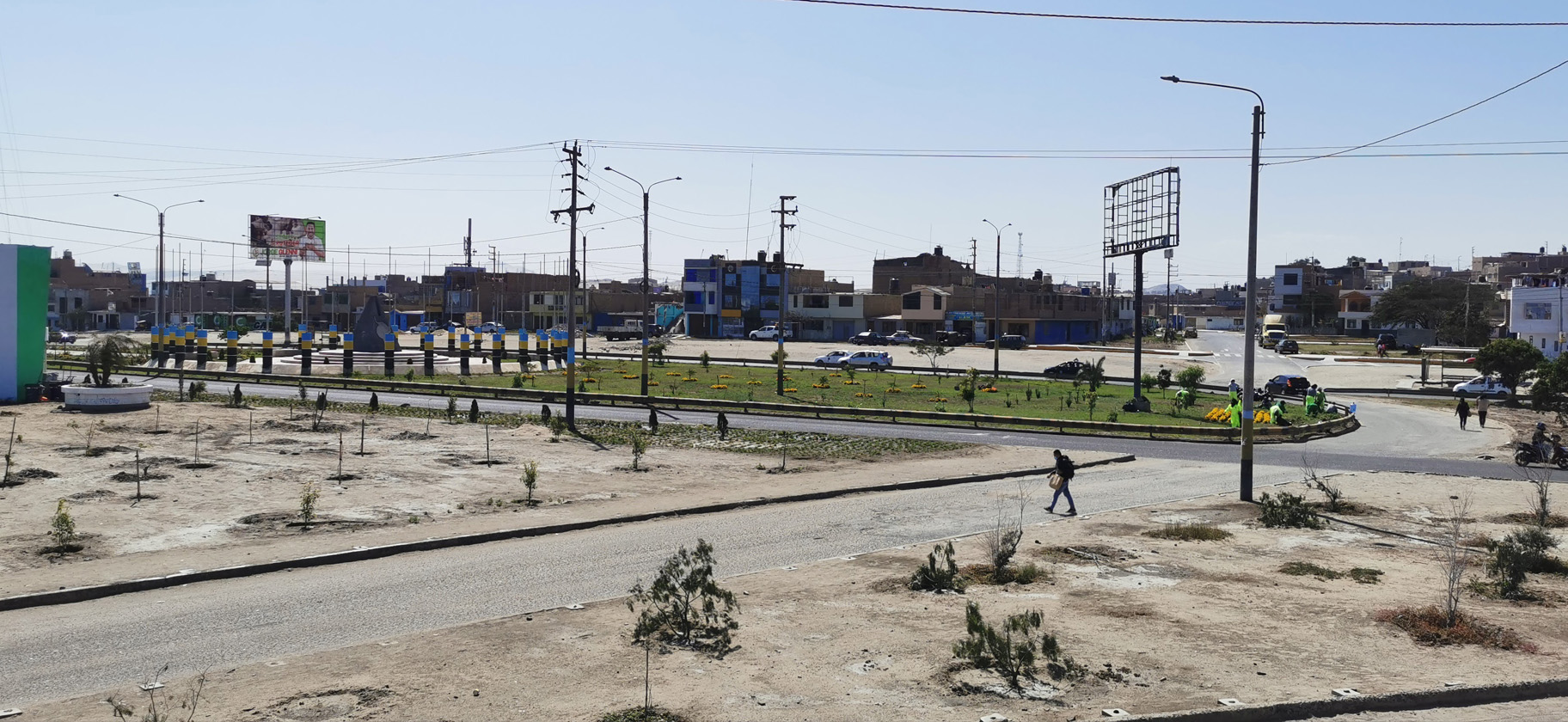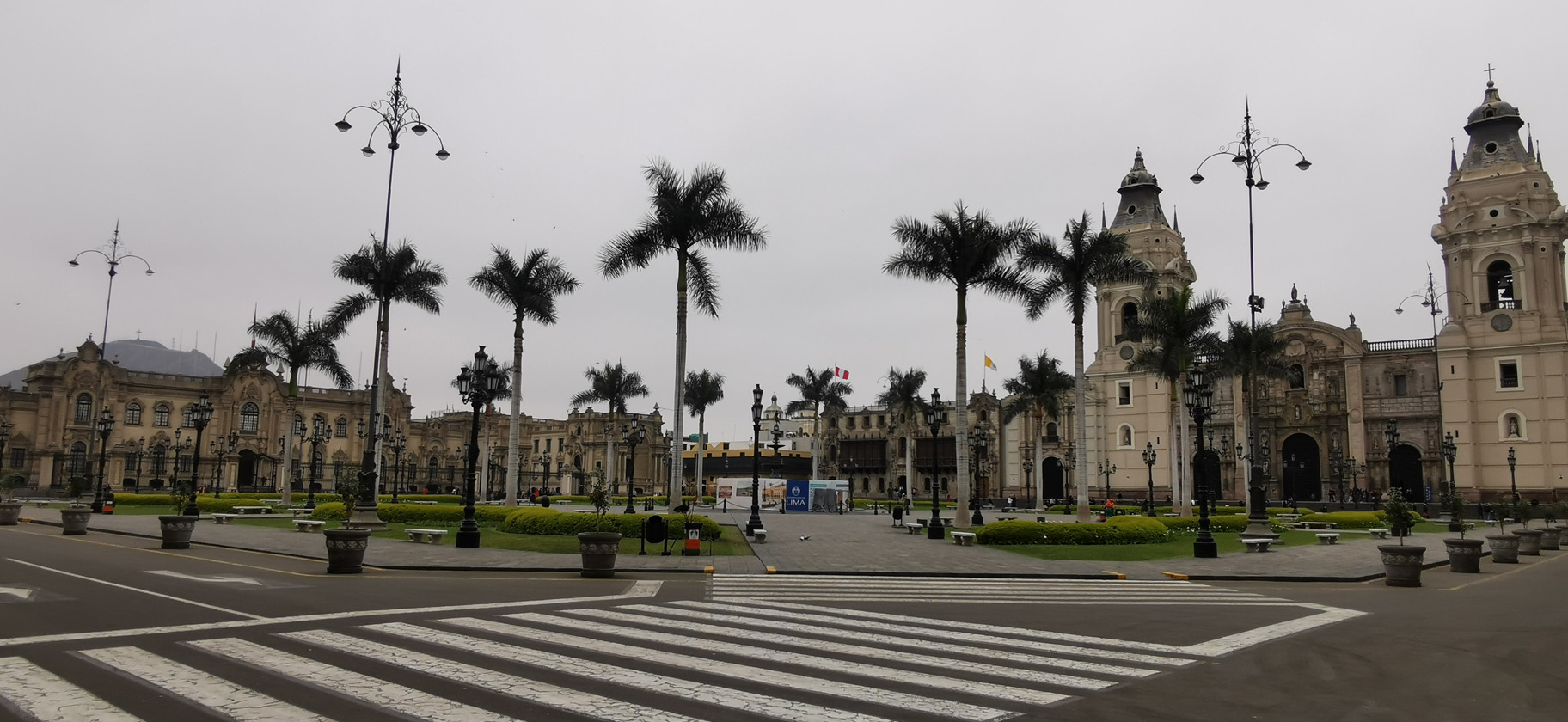Shock Culture
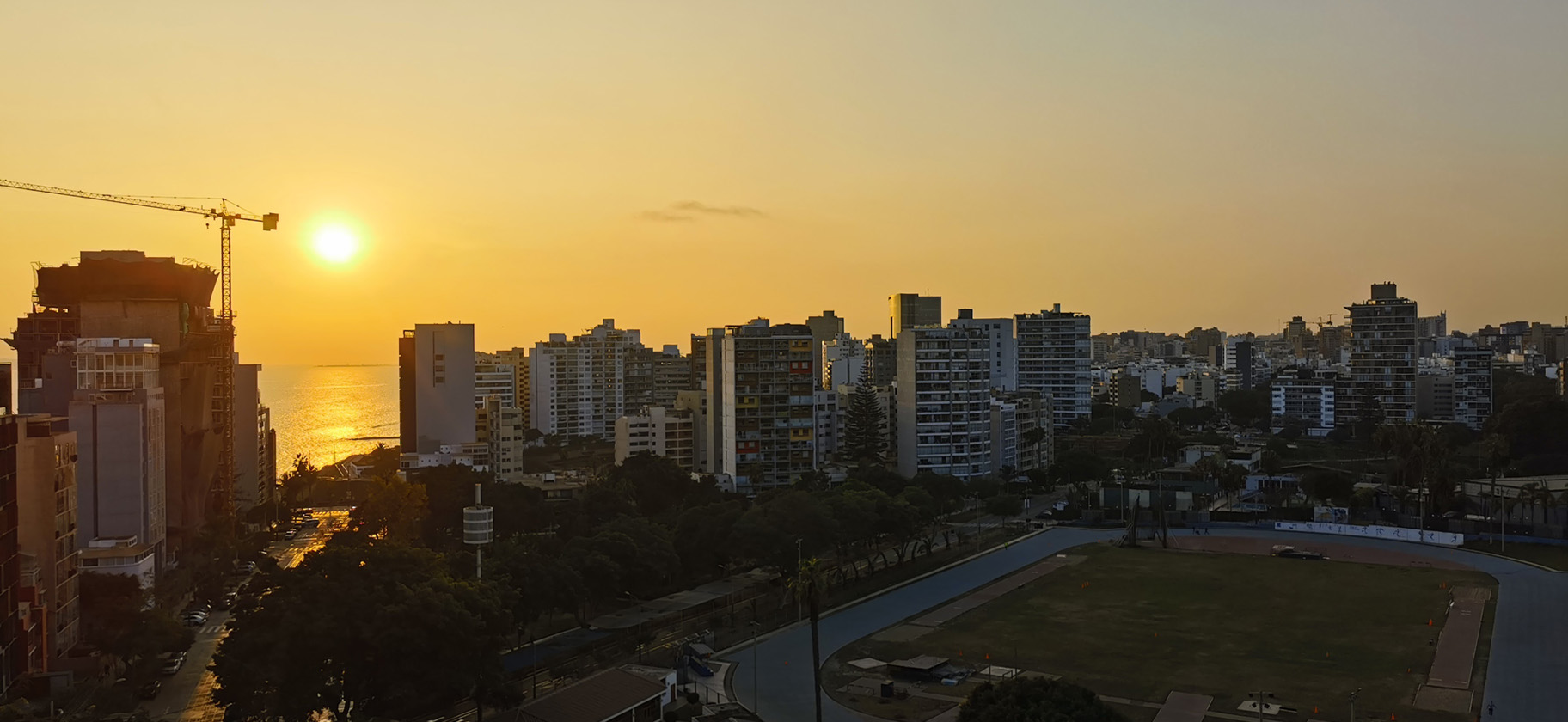
The four stages of culture shock are as follows:
1) The Honeymoon Stage where the visitor forms an overwhelmingly positive first impression with their new surroundings and becomes infatuated with its language, people, food, and customs of the place they visit.
2) The Frustration Stage where the built-up fatigue of needing to adjust to all of these novelties leads to the visitor yearning for the comforts of their home country.
3) The Adjustment Stage where the visitor begins to become attuned to the foreign country’s idiosyncrasies and, instead of resisting them, begins to modify their outlook so as to better flow with them.
4) The Acceptance Stage where a visitor fully comes to terms with their relationship with the foreign country as an outsider. Further immersion into the new society feels unnecessary and the visitor allows themselves and the country to be seen and understood for what they are.
Shock Culture is when, for more than a week, you have been exposed to nothing but anger, garbage, depravity, sickness, poverty, and lawlessness only to suddenly be immersed in all of the things that ignite the Honeymoon Stage and initial signs of culture shock. In order to experience Shock Culture, you must first experience culture shock in reverse. Shock Culture only occurs when you become so disaffected with your environment that, having believed that all of the stages of culture shock had run their course, instead of remaining in a state of acceptance, you begin to find yourself readjusting to your surroundings and entering into a renewed state of frustration.
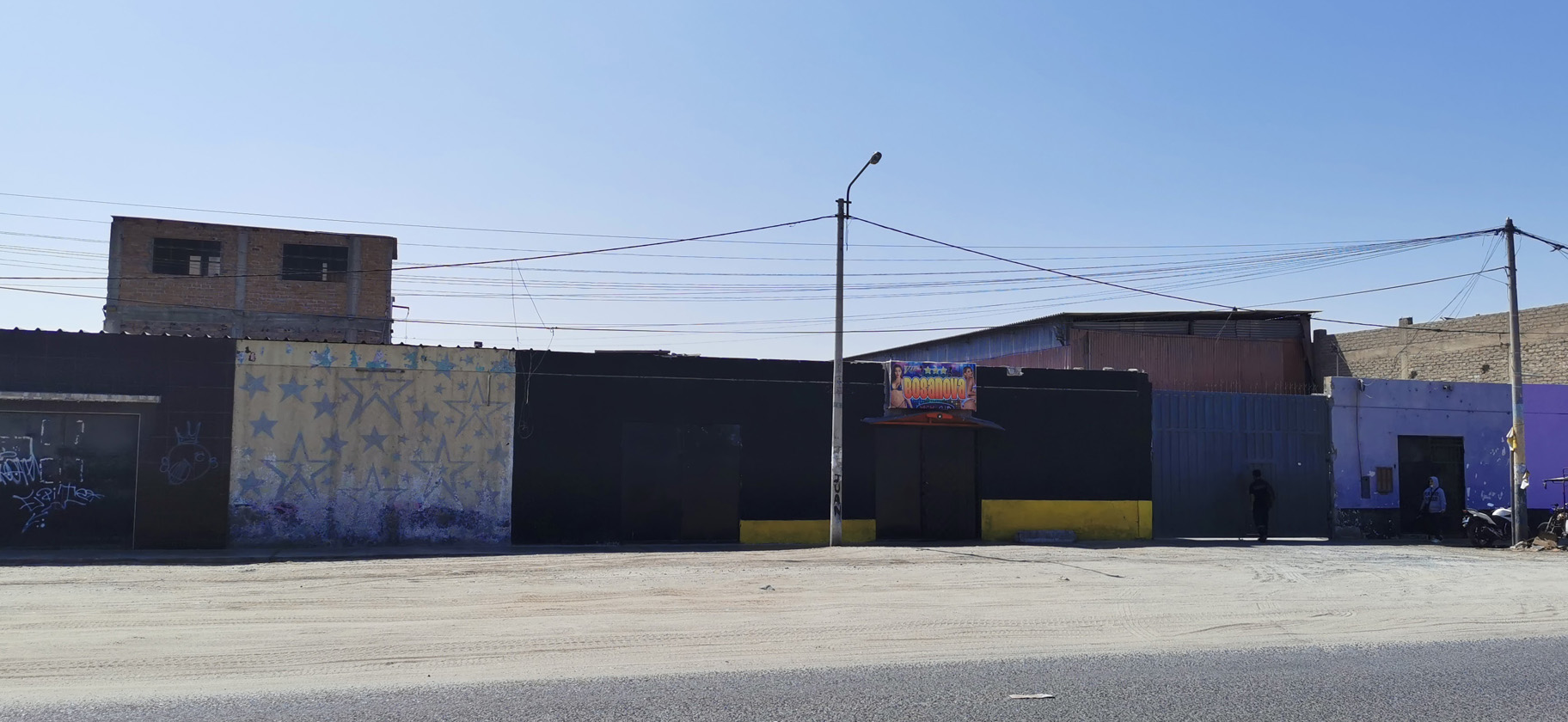 The Highway 1N running from the northern border town of Zarumilla to Lima the capital is over 1000 kilometres of paved highway along a wasteland bordered by sandy dunes and a salty sea on one side and desolate, rocky mountains on the other. There are a few cities along the way like Tumbes, Piura, Chiclayo, Trujillo and Chimbote. These old trading posts spread 250 kilometres apart from one another are hastily thrown together urban amalgams that provide fundamental services to its residences and nothing more. There are catholic churches and Spanish plazas, relics from a colonial era, whose now waning popularity was never fully accepted by the indigenous population and where the most reliably frequented parts of these cities seem to be their casinos.
The Highway 1N running from the northern border town of Zarumilla to Lima the capital is over 1000 kilometres of paved highway along a wasteland bordered by sandy dunes and a salty sea on one side and desolate, rocky mountains on the other. There are a few cities along the way like Tumbes, Piura, Chiclayo, Trujillo and Chimbote. These old trading posts spread 250 kilometres apart from one another are hastily thrown together urban amalgams that provide fundamental services to its residences and nothing more. There are catholic churches and Spanish plazas, relics from a colonial era, whose now waning popularity was never fully accepted by the indigenous population and where the most reliably frequented parts of these cities seem to be their casinos.
As we approached various seaside resorts, we found them abandoned and all of the businesses and shops boarded up. In between these cities and retreats were deserted outposts of half-finished blockhouses. At every stage along the highway were traces of the people who lived in, or once inhabited, these dreary villages in the trails of garbage discarded by the roadside that were now the daily diet of vultures and other scavengers. Whatever buildings that were still standing had been whitewashed and painted over with the symbols of local oil and gas enterprises, the phone numbers of towing companies, or other regional businesses that were likely no longer in operation.
The barrios of Miraflores and Barranco in Peru’s capital glowed in the grey skies by the sea like a beacon guiding us to a safe harbour. Unable to find suitable lodgings along the way, we covered the seven-hour journey between Nuevo Chimbote and our accommodation in Lima in a single excruciating drive. By now, Jenia and I had lost all sense of joy and belief that Peru would ever provide any meaningful experience so, to suddenly set eyes on modern high-rise apartments with manicured lawns and hedgerows, thriving modern shopping malls, fully restored Spanish colonial architecture, and parks being used as spaces to stroll outside and enjoy a moment of peace, caught us off guard.
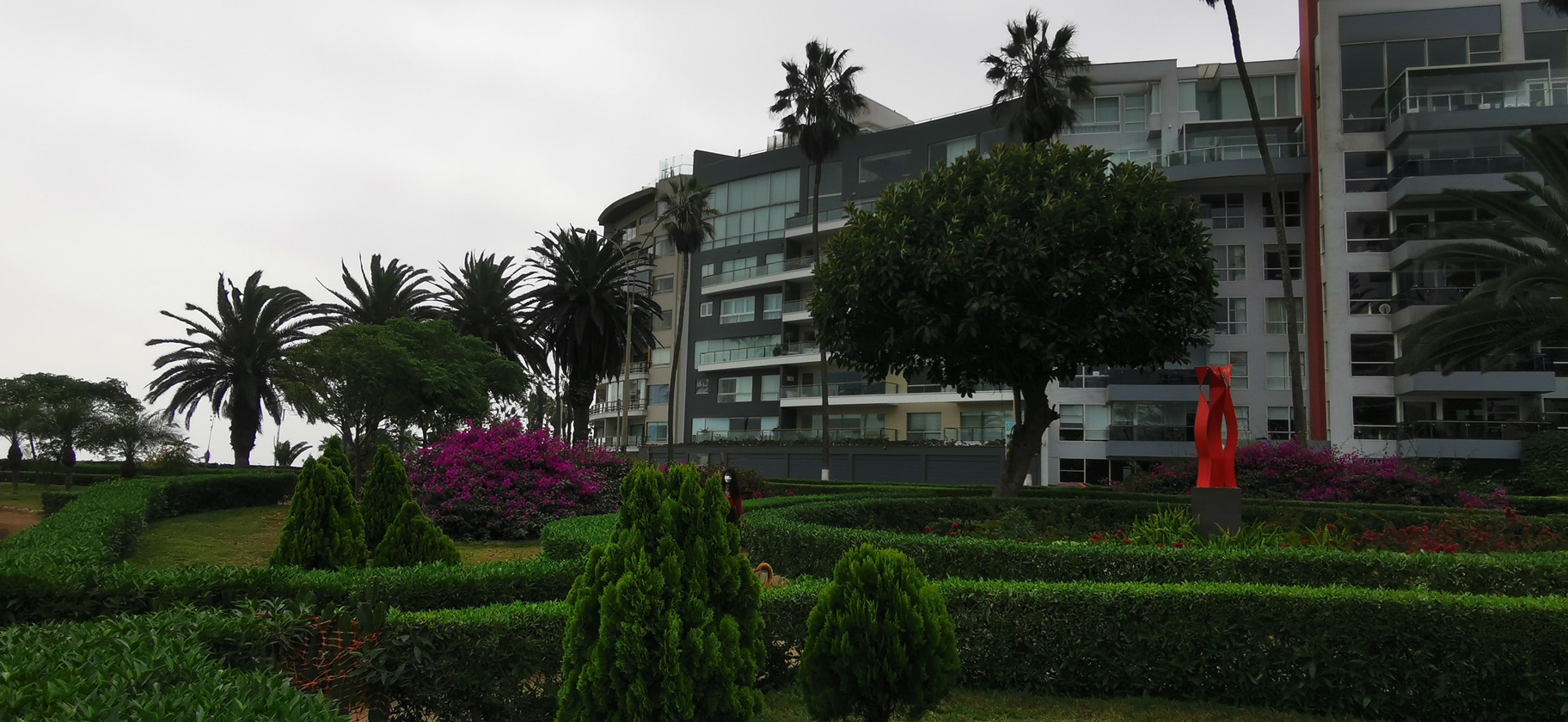
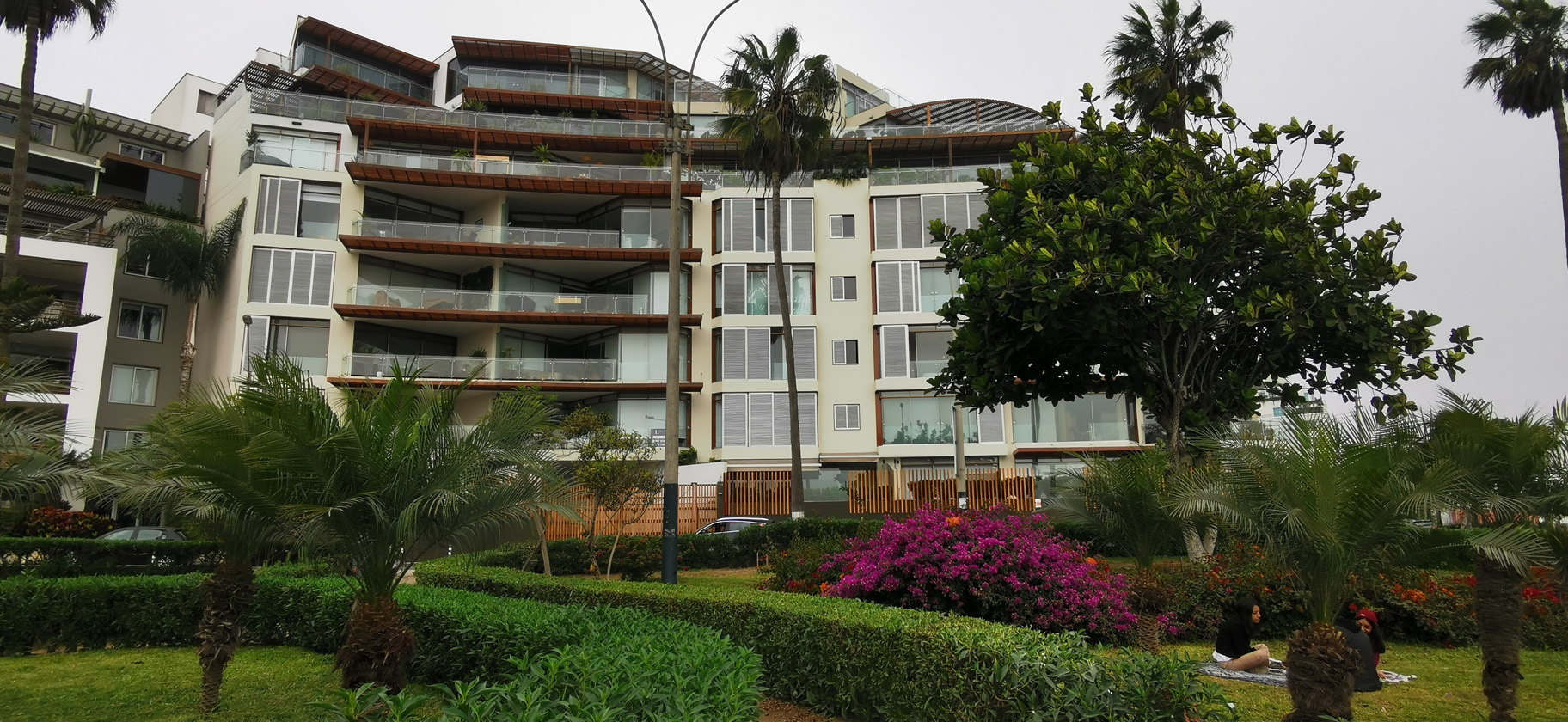
Entering into this section of the country was to pass through an invisible gate. On one side was the conventional, modern living we were accustomed to in our own countries and which we had found flourishing in Ecuador and Colombia. On the other was the forgotten hellscape of an area of the world that had crumbled from neglect.
Lima is one of South America’s largest cities sprawling inland from the ocean and is home to over 10 million people. Every major city suffers from all of the same trappings such as income inequality and crime but from them rise robust middle classes and all of the highly valued characteristics that define them. The ways that Lima’s upscale neighbourhoods set themselves apart from the rest of the country north of it were profound.
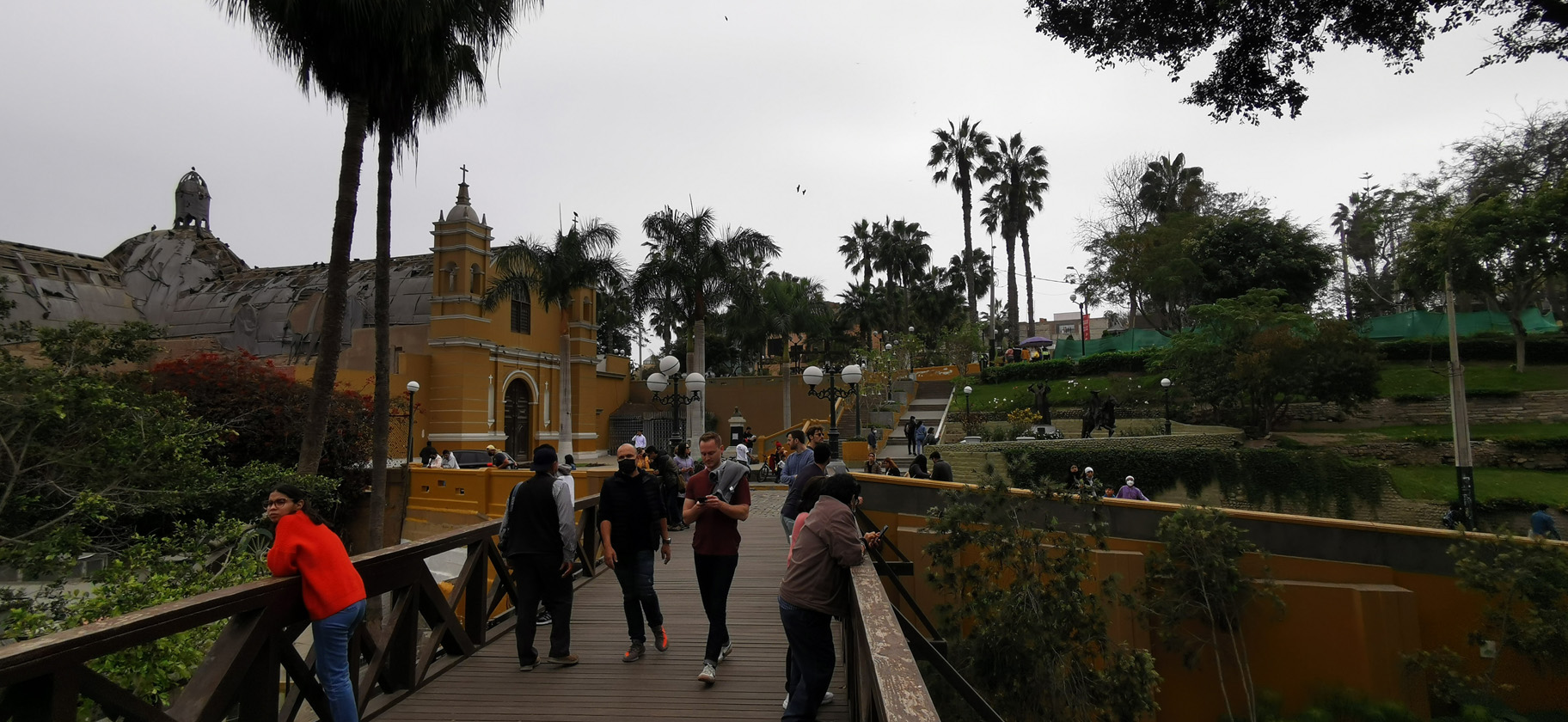 We were able again to live in an apartment with a view overlooking the city with a skyline view. It seemed unimaginable from where we had come from because it was impossible to imagine a building constructed north of Lima that could have afforded to install an elevator. Here there were public spaces with benches for sitting beneath shady trees that would have felt out of place anywhere else. Descending to street level from where we were staying, we could walk a few metres to a causeway up on a hill overlooking the ocean or to a pedestrianized area of the city with graffitied murals painted in a chic, modern style with native flourishes. Turning every corner were trucks serving emoliente – a warm tea served with various herbs, spices, honey, and medicinal ingredients. Next to them were vendors serving fresh picarones – a fried donut covered in syrup. In the plazas and squares were fresh markets selling local fruits and vegetables, natural soaps and cosmetics, handicrafts and wood carvings.
We were able again to live in an apartment with a view overlooking the city with a skyline view. It seemed unimaginable from where we had come from because it was impossible to imagine a building constructed north of Lima that could have afforded to install an elevator. Here there were public spaces with benches for sitting beneath shady trees that would have felt out of place anywhere else. Descending to street level from where we were staying, we could walk a few metres to a causeway up on a hill overlooking the ocean or to a pedestrianized area of the city with graffitied murals painted in a chic, modern style with native flourishes. Turning every corner were trucks serving emoliente – a warm tea served with various herbs, spices, honey, and medicinal ingredients. Next to them were vendors serving fresh picarones – a fried donut covered in syrup. In the plazas and squares were fresh markets selling local fruits and vegetables, natural soaps and cosmetics, handicrafts and wood carvings.
In towns in the north, when the sun fell, we would shut ourselves inside not so much for safety as for the feeling that the day was done, businesses were shut, and residents were simply waiting for the next day to come. In Barranco and Miraflores, there was a sense that the nighttime was vibrant and inviting and that reinforced a sense of safety. The car horns fell silent as motorists found the patience to brake and allow pedestrians to cross the street. Shop owners and locals wore broad smiles and there was a sudden politeness in every interaction.
Before reaching Lima, we stopped for lunch at a roadside restaurant just outside of a town that bore all of the resemblances of Peru’s northern coastal cities, called Huarmey. After reassuring me that they accepted card payments, the terminal had not been properly charged forcing me to pay cash for which they were unable to make change. There was a misunderstanding about whose responsibility it was to make sure the meal could be paid for. In the end, one of the pair of young women working at the restaurant lumbered the hundred metres to the nearest gas station to make change. The fact that this business had no method on hand to trade service for compensation was baffling, but the fact that it took a further 30 minutes to complete this part of the transaction (longer than it took to prepare and eat the meal) seemed incomprehensible. When the young woman, her permanent frown dragging along the dusty side of the road, finally handed me my change I thanked her with a smile that was draped in a veil of acrimony.
Lima has become a culinary capital. Not only are there great restaurants, both upscale and budget, that serve local food, but unlike the rest of the country, there are options offering a variety of cuisines including Chinese, Japanese, Italian, Lebanese, and Vietnamese. The supplemental benefit of this diversity is the diffusion of joy to the wider population that has become characteristic of modern cities and what makes them so appealing. The result is polished service with a smile even if the food itself lacks a certain rustic charm. Arriving from a part of the country cloaked in a miasma of depression, that subtle distinction can make a huge difference in one’s attitude toward what they are eating and their quality of life.
Major cities, for all of their faults, bring with them this array of cherished benefits that made Lima so welcoming for Jenia and I after travelling through the north of Peru. It can be easy to ignore the subtle difference that a museum or a public fountain can play on one’s sense of well-being since they do not fulfill any immediate need. Once you have become accustomed to the presence of these symbols of culture in your life it is easy to not notice their absence until they suddenly return. That is Shock Culture.
